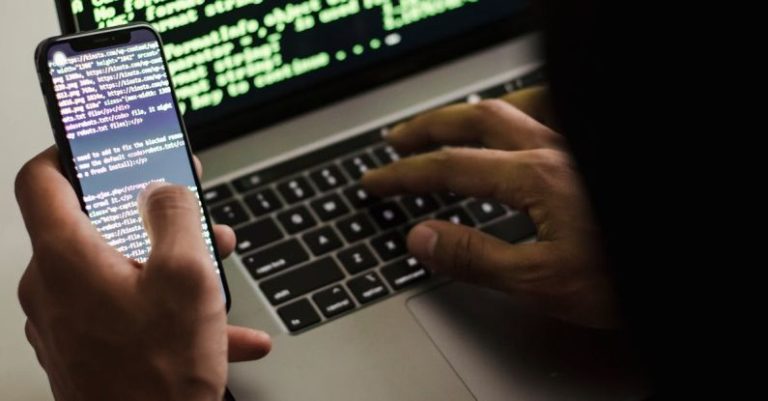
In today’s digital age, online transactions have become a common way to shop, pay bills, and transfer money. While the convenience of online transactions is undeniable, it also comes with risks. Cybercriminals are constantly looking for ways to exploit vulnerabilities and steal sensitive information. Therefore, it is crucial to take steps to secure your online transactions and protect your financial information. By following some simple guidelines and best practices, you can minimize the risk of falling victim to online fraud and ensure the safety of your transactions.
Understanding the Risks of Online Transactions
Before delving into the ways to secure your online transactions, it is essential to understand the risks involved. When you make a transaction online, you are sharing sensitive information such as your credit card details, bank account information, and personal details. This information can be intercepted by cybercriminals if proper security measures are not in place. Phishing attacks, malware, and data breaches are some of the common threats that online users face. By being aware of these risks, you can take proactive steps to safeguard your online transactions.
Use Secure and Trusted Websites
One of the most basic yet crucial steps to secure your online transactions is to use secure and trusted websites. Before entering any sensitive information, make sure that the website is encrypted and secure. Look for the padlock symbol in the address bar and ensure that the URL starts with “https://” instead of “http://”. These indicators show that the website uses encryption to protect your data. Additionally, shop only on reputable websites that have a proven track record of secure transactions.
Enable Two-Factor Authentication
Two-factor authentication adds an extra layer of security to your online transactions by requiring you to provide two forms of identification. This could be a password and a unique code sent to your mobile device or email. By enabling two-factor authentication, even if someone obtains your password, they would still need the second form of identification to access your account. This significantly reduces the risk of unauthorized access and enhances the security of your online transactions.
Monitor Your Accounts Regularly
Another important practice to secure your online transactions is to monitor your accounts regularly. Keep track of your transactions and check your bank and credit card statements frequently for any unauthorized or suspicious activity. If you notice any discrepancies, report them to your financial institution immediately. By staying vigilant and monitoring your accounts, you can quickly detect any fraudulent transactions and take appropriate action to protect your finances.
Be Cautious of Phishing Attempts
Phishing is a common tactic used by cybercriminals to steal sensitive information by posing as a legitimate entity. Be cautious of unsolicited emails, messages, or phone calls that request your personal or financial information. Legitimate organizations will never ask you to provide sensitive information via email or phone. If you receive a suspicious message, do not click on any links or provide any information. Instead, contact the organization directly using verified contact information to verify the authenticity of the request.
Secure Your Devices
Ensuring the security of your devices is essential in protecting your online transactions. Keep your operating system, antivirus software, and applications up to date to prevent vulnerabilities that could be exploited by cybercriminals. Use strong passwords and biometric authentication where possible to secure your devices. Avoid using public Wi-Fi networks for sensitive transactions and consider using a virtual private network (VPN) for added security.
Conclusion: Safeguard Your Online Transactions with Vigilance
In conclusion, securing your online transactions is paramount in today’s digital landscape. By understanding the risks, using secure websites, enabling two-factor authentication, monitoring your accounts, being cautious of phishing attempts, and securing your devices, you can safeguard your financial information and protect yourself from online fraud. Stay vigilant, be proactive, and follow best practices to ensure the safety of your online transactions. By taking these steps, you can enjoy the convenience of online transactions with peace of mind.





